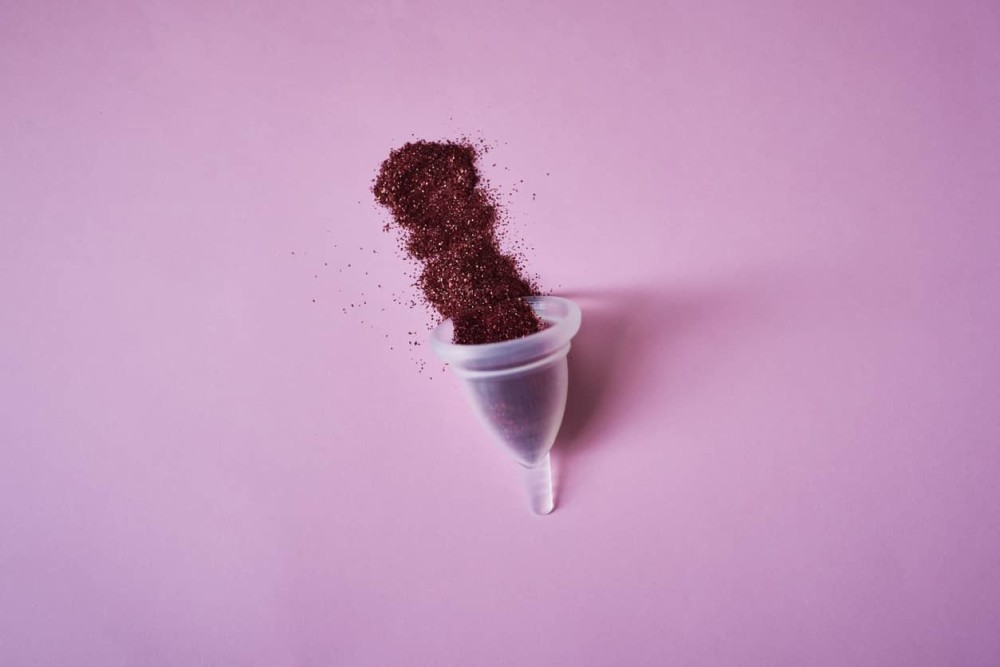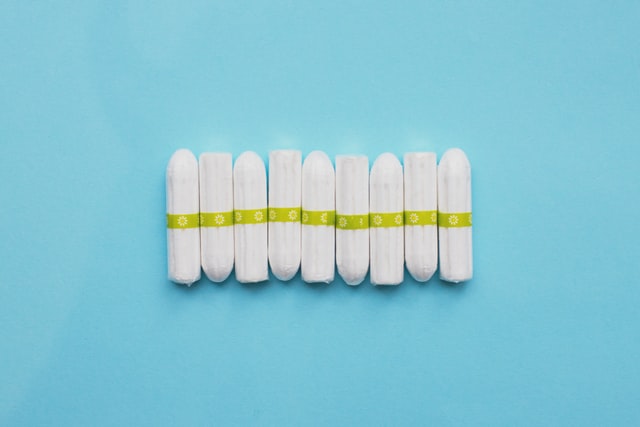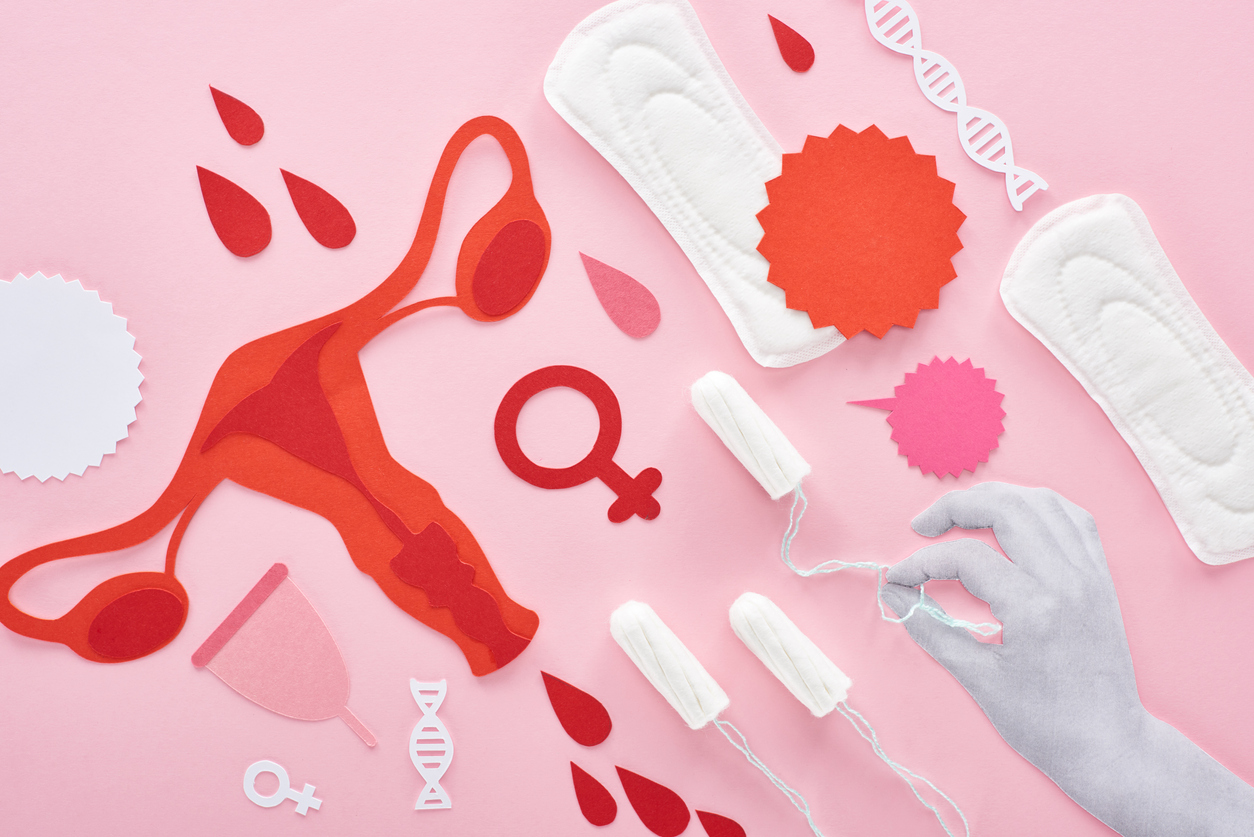If you have periods, there are several types of product available to help you manage them.
The most commonly used ‘sanitary products’ work by soaking up period blood. Sanitary pads or towels are strips of absorbent material that stick to your underwear, while tampons are small tubes of cotton wool that you insert into your vagina.
However, there is a third option, called a menstrual cup or ‘mooncup’. What is a menstrual cup? It’s a small, soft, cup-shaped device, usually made from silicone, which you put in your vagina to collect your blood, rather than adsorb it. Unlike pads or tampons, it can be emptied, washed and reused many times.
Read on to learn the facts about menstrual cup hygiene and safety.
Is a menstrual cup safe?
As with tampons, a menstrual cup can take some getting used to, and you may find it tricky to insert and remove it at first. Once you get the hang of it, though, it should be painless and safe to use as long as you follow the instructions.
When using a menstrual cup, you should:
- find the right size – they often come in 2 sizes
- sterilise it before using it for the first time
- wash your hands before and after using it
- remove, empty and wash it every 4 to 8 hours during your period
The good news is that, unlike tampons, menstrual cups don’t soak up any of your vagina’s natural fluids, so they can safely be used overnight.
However, menstrual cups may not be suitable for everyone. You should ask your doctor for advice about using a menstrual cup if you:
- use an intrauterine device for birth control
- have ever had toxic shock syndrome (TSS)
- have a vaginal infection
- are allergic to rubber or latex
- have recently had surgery, given birth or had a miscarriage

Are there any dangers to menstrual cups?
As is the case with tampons, using a menstrual cup may carry a very small risk of toxic shock syndrome (TSS). This rare but serious condition can happen if bacteria get into your body and release toxins. However, this risk is very low and can be reduced further by practising good hygiene when using your cup.
A vaginal infection is another rare complication. This can happen if you have bacteria on your hands while inserting or removing your cup. Again, the risk will be minimal if you always wash your hands and the cup with water and a fragrance-free, water-based soap before and after use.
Minor irritation is a more common issue. Inserting your cup without lubrication can cause discomfort, so you may want to use a small amount of water-based lubricant. You can also reduce the risk of irritation by choosing a cup that’s the right size for you and making sure it's cleaned properly between uses.
Can a menstrual cup leak?
Your menstrual cup will create an airtight seal after being inserted into your vagina. So as long as you empty it regularly, it shouldn’t leak. How often you need to empty it will depend on how heavy your flow is.

Can a menstrual cup get stuck?
No: if inserted correctly, your menstrual cup will be secure, yet easy to remove. You simply insert your (clean) thumb and index finger into your vagina, pull the stem of the cup until you reach the base, then pinch the base to release the seal and pull down to remove the cup.
Key points
- a menstrual cup is a period product you insert into your vagina to collect your blood
- usually made from soft silicone, it can be washed and reused many times
- it’s generally safe to use and can be worn overnight
- always wash your hands before and after touching your menstrual cup
- you should empty your menstrual cup regularly, depending on how heavy your flow is
- there may be a very small risk of toxic shock syndrome (TSS) when using a menstrual cup






